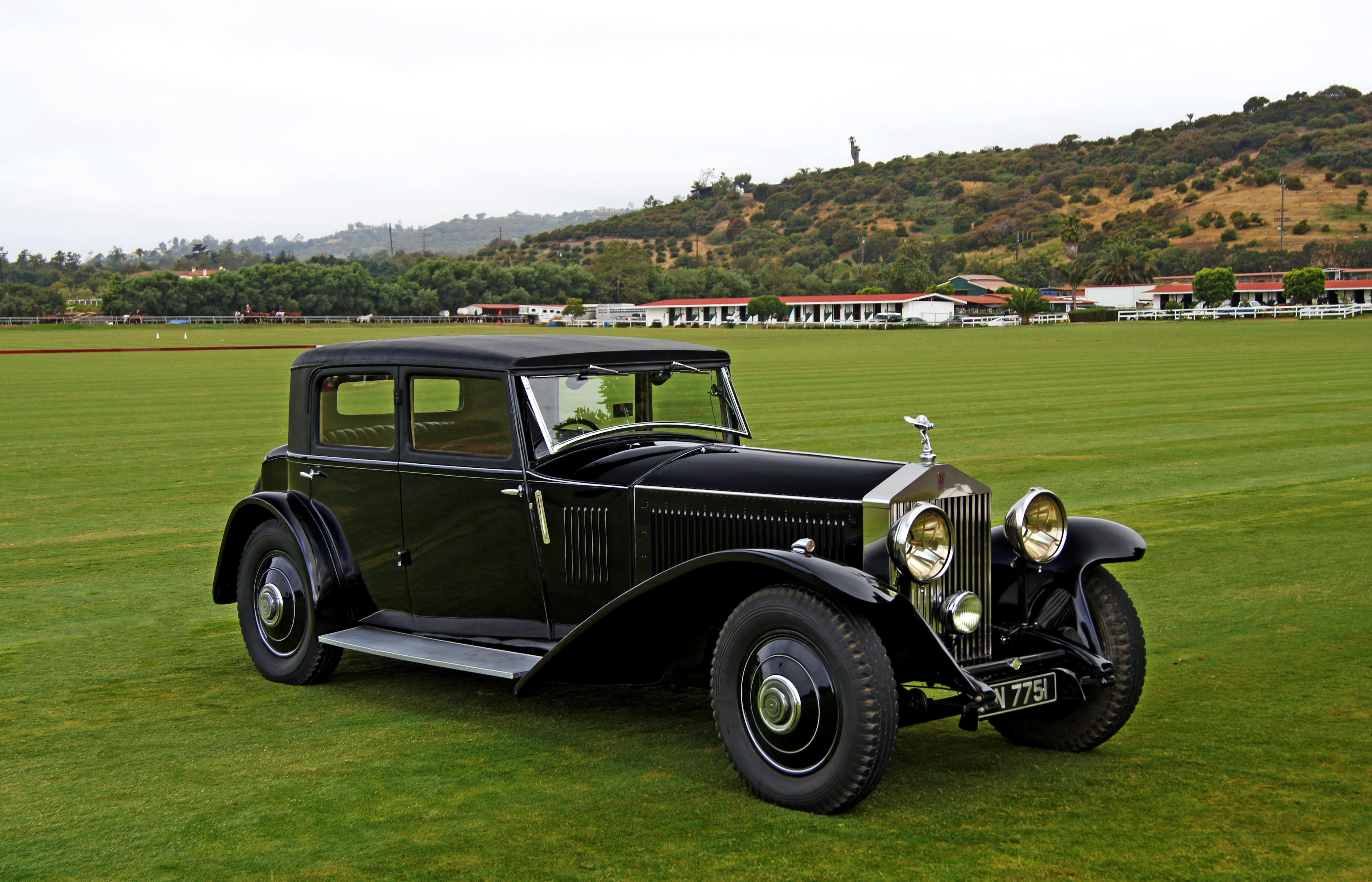Nicholas Gilman was born in New Hampshire in 1755. He quickly learned the family mercantile trade and became an administrator and financier. He was appointed as a representative in the New Hampshire provincial congress, and later as Treasurer of the state's first General Court under its new constitution. He would continue to serve as the state's Treasurer throughout the American Revolution. In November of 1776, he was appointed Adjutant of the 3rd New Hampshire Regiment under Colonel Alexander Scammell. Gilman's time in the 3rd New Hampshire would lead him to participate in some of the most famous events of the Revolutionary War, including the Battle of Saratoga, where Gilman's regiment was heavily engaged and suffered many casualties. After Saratoga, he went with his regiment to reinforce Washington at Philadelphia and suffered the bitter winter at Valley Forge. It was at Valley Forge that Gilman achieved his most notable accomplishments. Colonel Scammell had been appointed the Adjutant General of the Continental Army, and Gilman was chosen as his assistant. This position afforded him daily contact with not only General Washington himself, but also high ranking members of the Continental Army such as General Nathaniel Greene, General Henry Knox, Colonel Alexander Hamilton, and the legendary Baron von Steuben. Serving with Washington's Army, he would see action at Monmouth and Yorktown, finally retiring from the service in 1783. Gilman continued to serve New Hampshire as a representative at the Constitutional Convention of 1787. Eager to draft a document to replace the weak Articles of Confederation, he helped to secure New Hampshire's narrow decision to ratify. His signature on the Constitution can be found third from the top in the rightmost column, just underneath George Washington and John Langdon Gilman would continue to serve as a Member of the House of Representatives for four terms as well as a term as state Senator. In 1801, he accepted an appointment as Federal Bankruptcy Commissioner from President Thomas Jefferson He served another tenure as Senator for New Hampshire in 1804 until his death in May of 1814. The sword is complete with a notarized letter from a descendant of the family stating that it was left to her by her mother, Jane Gilman Hopkins. There is also a copy of her grandfather, Joseph T. Gilman's 1933 will which lists two swords that were the property of Nicholas Gilman during the American Revolution. Circa 1750-1770. The sword has a tapered triangular colichemarde blade, decorated with an engraved panoply of arms along with floral designs, red wool washer at top between blade and guard. The solid silver hilt is probably French, although it is unmarked. The guard is pierced and features floral designs and foliate scrolls. The knucklebow and pommel are decorated en suite. The grip is wrapped with braided silver wire and a thin sheet of silver. Also included in the lot is the Gilman family's King James bible, published in 1809. Inscribed on the flyleaf are at least two generations of Gilman family names. It also bears Nicholas Gilman's signature and an October 1810 date. The included copy of the 1933 will of Joseph Gilman describes a sword which was "....property of my great, great, uncle....who was Paymaster General on the staff of General Washington during the Revolutionary War....". CONDITION: Sword blade has much of original polish with some scattered spots of heavy brown patina on surface, especially near ricasso. One area near center has a couple minor creases. Hilt retains a polished surface with dark patina in all low or protected areas, with some residue of old polish. Grip has some exposed wood and wrap is somewhat loose. Bible is in very good condition. Some discoloration on pages from age, with some wear on spine and corners of cover. Folios are still well attached and text block shows only minor warping from age. A very historically significant grouping with excellent provenance. Name Value
Nicholas Gilman was born in New Hampshire in 1755. He quickly learned the family mercantile trade and became an administrator and financier. He was appointed as a representative in the New Hampshire provincial congress, and later as Treasurer of the state's first General Court under its new constitution. He would continue to serve as the state's Treasurer throughout the American Revolution. In November of 1776, he was appointed Adjutant of the 3rd New Hampshire Regiment under Colonel Alexander Scammell. Gilman's time in the 3rd New Hampshire would lead him to participate in some of the most famous events of the Revolutionary War, including the Battle of Saratoga, where Gilman's regiment was heavily engaged and suffered many casualties. After Saratoga, he went with his regiment to reinforce Washington at Philadelphia and suffered the bitter winter at Valley Forge. It was at Valley Forge that Gilman achieved his most notable accomplishments. Colonel Scammell had been appointed the Adjutant General of the Continental Army, and Gilman was chosen as his assistant. This position afforded him daily contact with not only General Washington himself, but also high ranking members of the Continental Army such as General Nathaniel Greene, General Henry Knox, Colonel Alexander Hamilton, and the legendary Baron von Steuben. Serving with Washington's Army, he would see action at Monmouth and Yorktown, finally retiring from the service in 1783. Gilman continued to serve New Hampshire as a representative at the Constitutional Convention of 1787. Eager to draft a document to replace the weak Articles of Confederation, he helped to secure New Hampshire's narrow decision to ratify. His signature on the Constitution can be found third from the top in the rightmost column, just underneath George Washington and John Langdon Gilman would continue to serve as a Member of the House of Representatives for four terms as well as a term as state Senator. In 1801, he accepted an appointment as Federal Bankruptcy Commissioner from President Thomas Jefferson He served another tenure as Senator for New Hampshire in 1804 until his death in May of 1814. The sword is complete with a notarized letter from a descendant of the family stating that it was left to her by her mother, Jane Gilman Hopkins. There is also a copy of her grandfather, Joseph T. Gilman's 1933 will which lists two swords that were the property of Nicholas Gilman during the American Revolution. Circa 1750-1770. The sword has a tapered triangular colichemarde blade, decorated with an engraved panoply of arms along with floral designs, red wool washer at top between blade and guard. The solid silver hilt is probably French, although it is unmarked. The guard is pierced and features floral designs and foliate scrolls. The knucklebow and pommel are decorated en suite. The grip is wrapped with braided silver wire and a thin sheet of silver. Also included in the lot is the Gilman family's King James bible, published in 1809. Inscribed on the flyleaf are at least two generations of Gilman family names. It also bears Nicholas Gilman's signature and an October 1810 date. The included copy of the 1933 will of Joseph Gilman describes a sword which was "....property of my great, great, uncle....who was Paymaster General on the staff of General Washington during the Revolutionary War....". CONDITION: Sword blade has much of original polish with some scattered spots of heavy brown patina on surface, especially near ricasso. One area near center has a couple minor creases. Hilt retains a polished surface with dark patina in all low or protected areas, with some residue of old polish. Grip has some exposed wood and wrap is somewhat loose. Bible is in very good condition. Some discoloration on pages from age, with some wear on spine and corners of cover. Folios are still well attached and text block shows only minor warping from age. A very historically significant grouping with excellent provenance. Name Value















Testen Sie LotSearch und seine Premium-Features 7 Tage - ohne Kosten!
Lassen Sie sich automatisch über neue Objekte in kommenden Auktionen benachrichtigen.
Suchauftrag anlegen